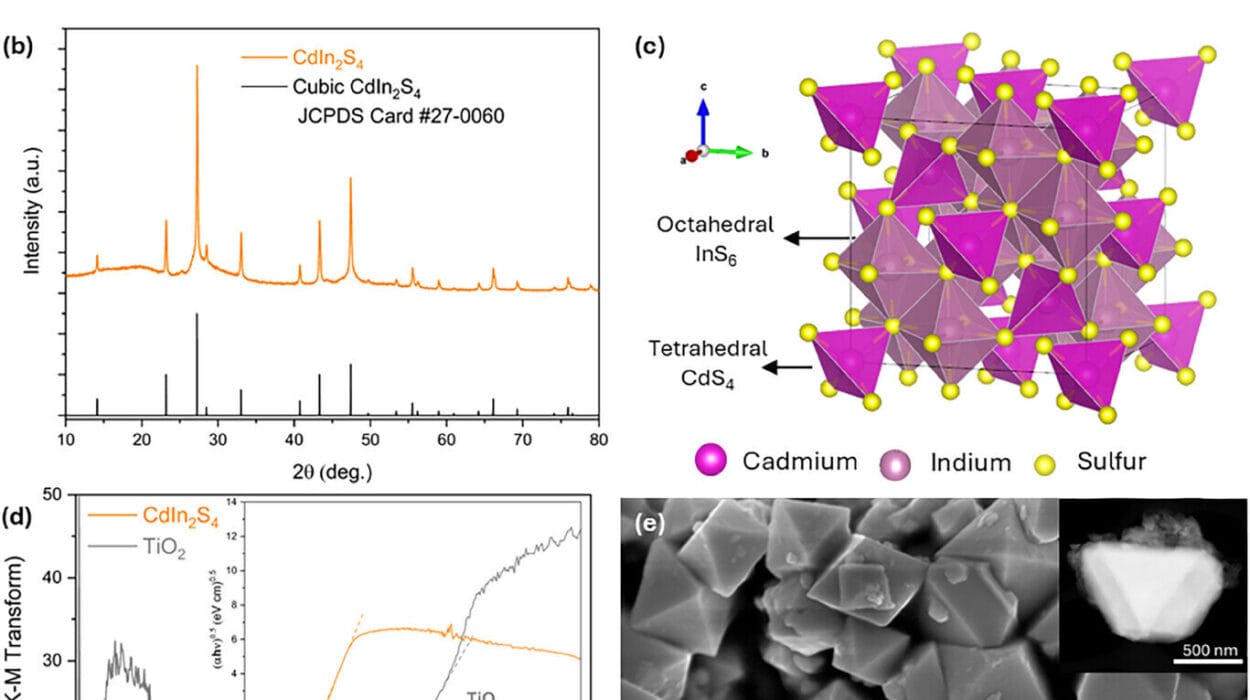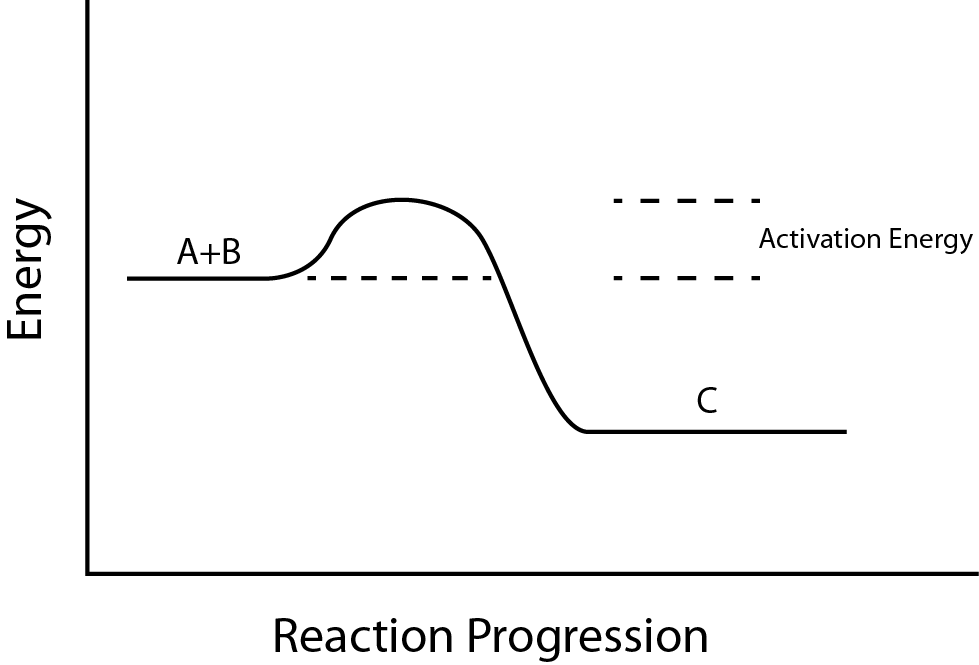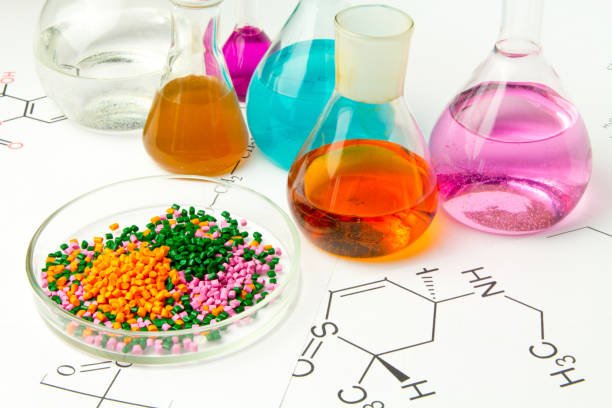Inside every living cell, there is no stillness. Molecules ricochet and fold and collide; proteins twist into working shapes, RNAs carry instructions, enzymes slice and stitch material with exquisite timing. The balance is so fragile that a small failure in organization can trigger catastrophic collapse — neurodegeneration, aggressive cancers, systemic malfunction. For decades, researchers have known that life depends not only on what molecules exist in the cell but on how they assemble, separate, and behave in a crowded, membrane-free interior. Yet the mechanisms behind this molecular choreography remained obscure. Now, a new tool called iConRNA, developed by chemists at the University of Massachusetts Amherst, brings that unseen world into focus.
Published in the Proceedings of the National Academy of Sciences, iConRNA is the first publicly available model capable of simulating the physics of RNA phase separation with molecular-level accuracy. It offers new means to answer a crucial question: why do some RNA structures assemble into functional droplets while others misbehave, giving rise to lethal disease?
Disorder, Density, and the Emergence of Cellular Structure
A cell is often described as a bag of organelles, but this metaphor hides more than it reveals. Most of what determines cell behavior happens not inside membrane-bound structures but in the apparently unstructured spaces in between. Strands of RNA and flexible proteins float without walls to contain them. Historically, this puzzled scientists: if they are free to drift and collide, why do they not dissolve into chaos?
The breakthrough came in 2009, when researchers studying germline cells noticed something remarkable: these disordered components can self-organize into tiny droplets through a physical process called phase separation, the same principle that causes oil and water to part. These droplets — biomolecular condensates — act like transient organelles without walls. They can gather critical molecules, shield them from interference, and then dissolve on cue. They are the body’s way of building temporary rooms out of fluid.
This elegant trick appears in many biological contexts: gene regulation, stress response, chromatin organization, even synaptic signaling. But like any delicate system, condensates can fail. When they harden, dissolve improperly, or recruit the wrong partners, the results resemble the molecular fingerprints of ALS, Huntington’s disease, and several cancers. Understanding condensates is not an academic curiosity; it is a medical necessity.
The Problem With Studying the Unseeable
The biomolecules responsible for condensates — long strands of RNA and intrinsically disordered proteins — are notoriously hard to study. They lack the stable shape of classical proteins. They flex, tangle, fluctuate, and respond sensitively to environmental cues like salt and temperature. Existing models have been too coarse to capture the subtle forces that drive their assembly. That limitation has restrained both diagnosis and drug design.
iConRNA breaks that constraint. The tool incorporates fine-grained physics to simulate how real RNAs behave inside condensates, while remaining efficient enough for broad exploration. It can reveal whether a strand will attract or repel others, whether it will remain fluid or solidify, and how changing conditions — heat, ions, binding partners — alter its fate.
Turning the Invisible Into a Manipulable System
What makes iConRNA transformative is not only that it replicates experimental results but that it predicts behaviors under conditions not yet tested in laboratories. Researchers can “turn the knobs” — raising temperature, altering salt, adjusting length or sequence — and watch how condensates respond. This ability to simulate tuning mirrors the cell’s own strategies: evolution controls phase separation by adjusting environment, sequence chemistry, and interaction strength. For the first time, scientists can observe that logic at work.
Such insight matters because diseases tied to condensate malfunction are not typically caused by the presence of a wrong molecule but by the misregulation of assembly — a droplet that forms when it should disintegrate, a cluster that stiffens when it should remain fluid. Therapies aimed at restoring correct phase behavior may prove far more precise than those trying to destroy molecules outright.
A Bridge Between Physics and Medicine
The achievement is not only technical but philosophical. iConRNA reveals that life depends on physical principles as much as on genetics. A cell does not rely only on instructions encoded in DNA; it relies on laws of thermodynamics, entropy, electrostatics, and multivalent interactions to sculpt matter into function. Biomolecular condensates demonstrate that a cell can build a compartment without a membrane, instruct dynamics without a blueprint, and regulate order without a rigid scaffold.
By capturing that logic, iConRNA gives researchers a way to test how normal cellular order is maintained and how disorder emerges. It also creates a foundation for designing molecules that tune or rescue phase behavior — a route toward interventions for diseases shaped not by broken genes alone but by broken physics inside living matter.
Transforming Mystery Into Mechanism
iConRNA does not solve disease by itself, but it opens a door that was previously sealed. What once appeared as amorphous haze between organelles is now a computable system with rules. Researchers can finally look into the hidden choreography of RNA and understand why the same molecule might nurture life in one context and kill in another.
In doing so, the new model shifts the tone of the field. Instead of asking why the cell fails, scientists can now ask how to make it succeed again — how to restore liquid compartments that lost their elasticity, how to prevent droplets from crystalizing into toxic aggregates, how to nudge a phase boundary back into its safe region. That is the difference between studying a catastrophe and mastering a system.
Every human cell contains thousands of such dynamic drops forming and dissolving every second. To see them clearly is to glimpse nature’s quiet engineering — and, perhaps, to intercept the moment when order begins to collapse into disease.
More information: Shanlong Li et al, Driving forces of RNA condensation revealed through coarse-grained modeling with explicit Mg2+, Proceedings of the National Academy of Sciences (2025). DOI: 10.1073/pnas.2504583122






